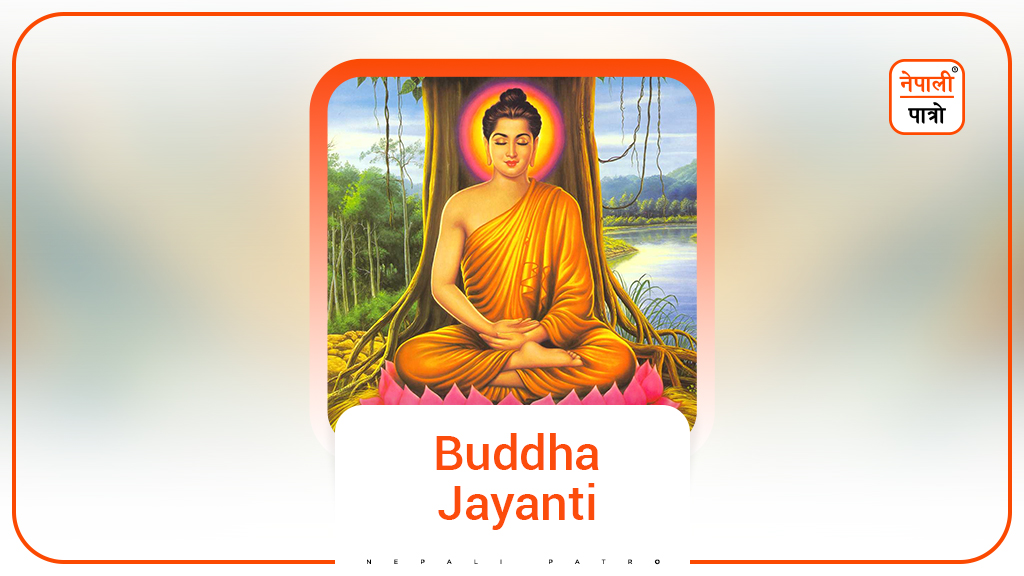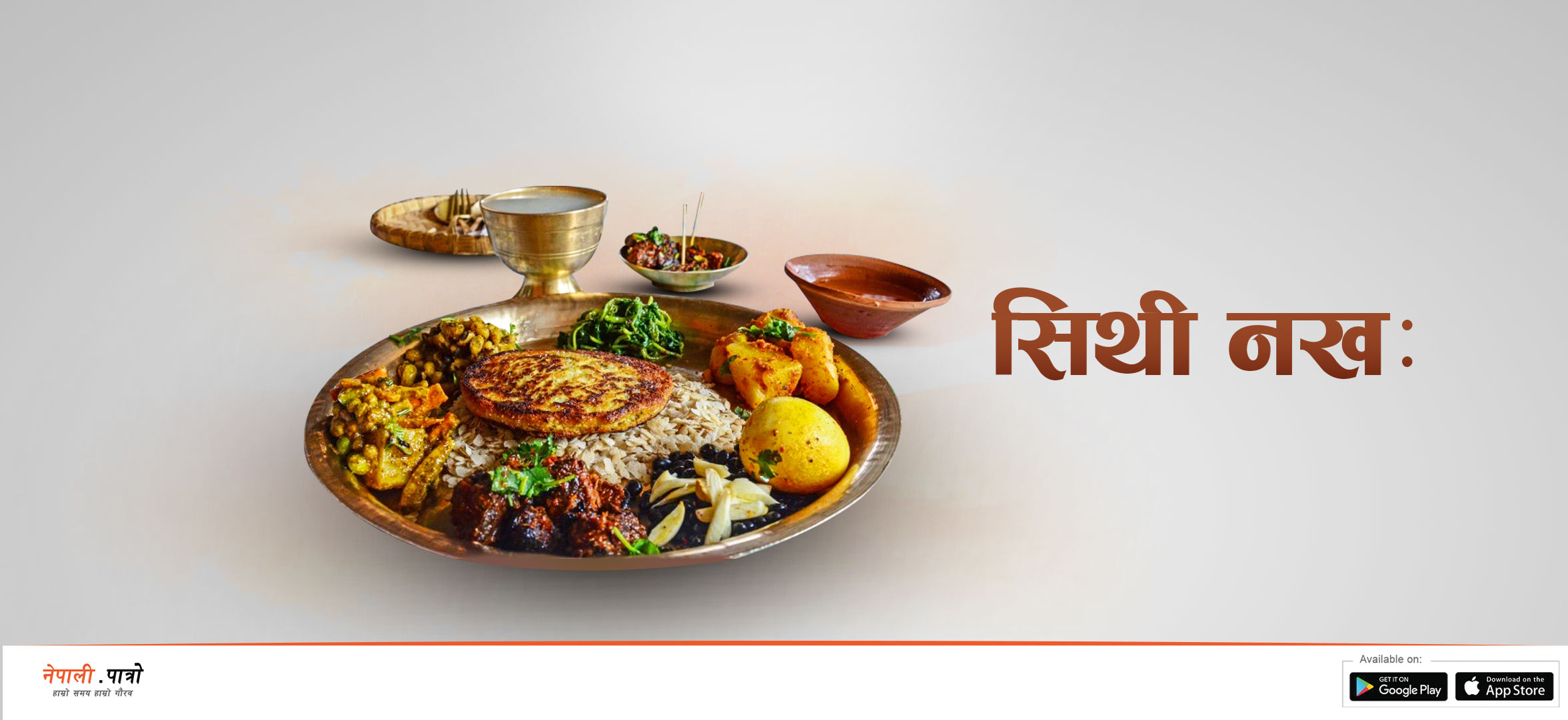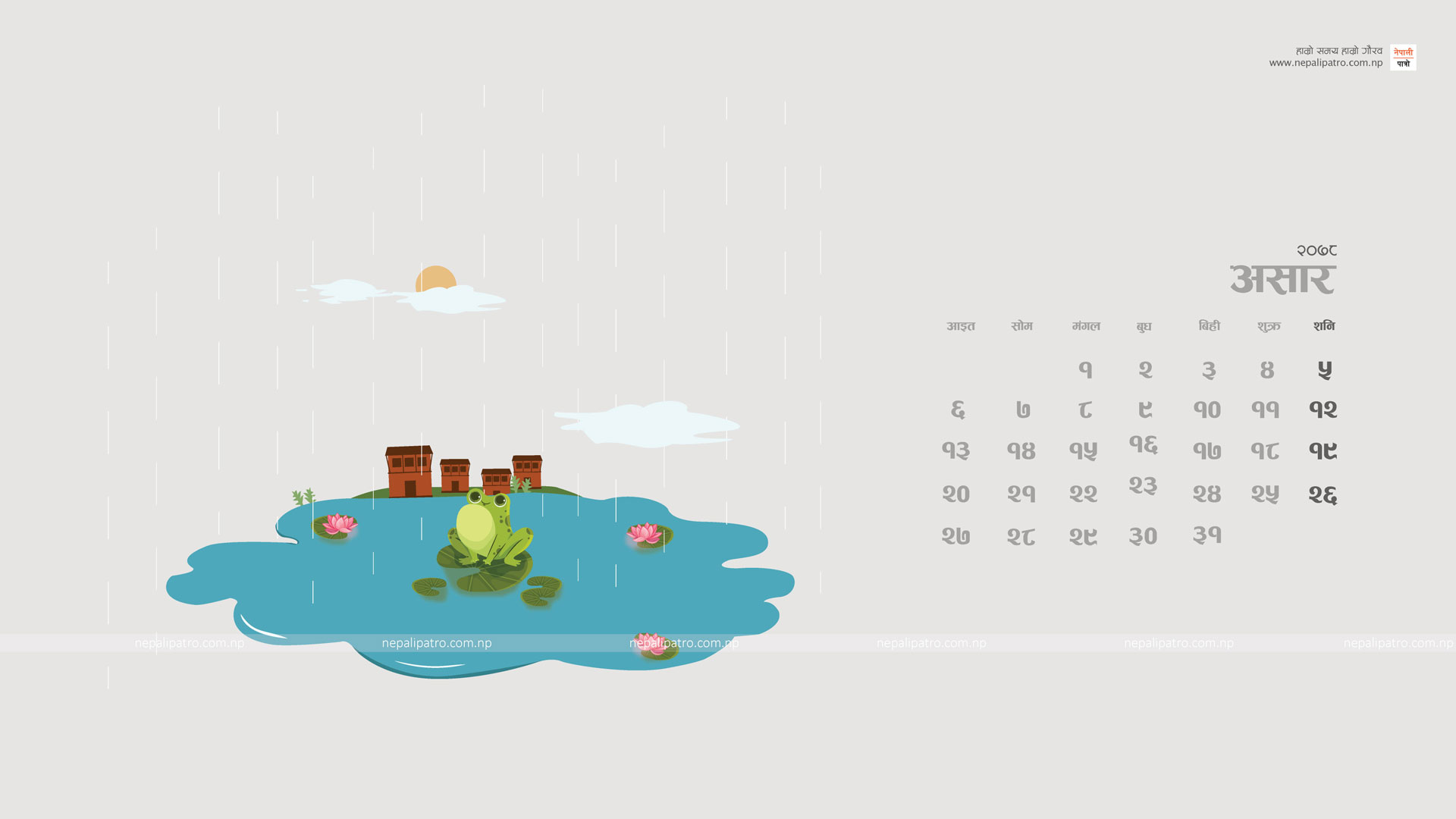
Rato Matsyendranath Rathyatra
Rato Matsyendranath Rathyatra, Lalitpur.
Chariot procession of Rato Matsyendranath of Lalitpur is one of the festivals among many celebrated throughout the year in our country Nepal, which is considered to be one of the rich country in terms of various cultures, traditions, and customs. This chariot procession, celebrated especially by the Newar community of Lalitpur, as well as other castes, is known as the longest-celebrated festival not only in Lalitpur but also throughout Nepal. Rato Matsyendranath’s chariot procession, which has a history of about 1,600 years, has a most significant place in Patan, i.e. Lalitpur, and it occupies an important place in Nepal, including the Kathmandu Valley. According to the Nepali Patro (Nepali Calendar), this chariot procession starts from Baisakh Shukla Pratipada and ends in the month of Asar on the day of Asar Shukla Chauthi after about two months time.
Rato Matsyendranath’s (Bunga Dhya) chariot procession circumambulates the Lalitpur area, starting from Pulchowk and going through different places as Nha Tole, Ga Bahal- Mahapal, Mangal Bazar – Sundhara of Lalitpur coming towards Lagankhel and finishes off in Jawlakhel after the Bhoto Jatra ceremony. The name of Jawalakhel in Nepal Bhasa has an interesting context as well. Previously Jawlakhel was known as “Ja Hwala Khya” meaning a place to scatter cooked rice. The so-called “Ja Hwala Khya” later became Jawalakhel due to corruption from the previous word. The day before the Bhoto Jatra, the cooked rice is still sprinkled around the chariot to ward off demons, because of this reason Jawalakhel was previously known as Ja Hwala Khya.
Sanatan Hindus worship Rato Machhindranath as Guru Karunamaya, while Buddhists in Nepal worship him as “Padma Pani Lokeshwar” (one among the five Buddhas, the fourth).
The chariot of this procession, i.e. the chariot of Rato Machhindranath (Shri Karunamaya Bunga Dhya), which started during the reign of King Narendradev in the Licchavi period, has a religious belief that it should be built by the local “Barahi” caste of the region.
During the procession of Rato (Red) Matsyendranath, first of all, the clay from the hill of Mhepi is brought and the idol is made from that clay. And the spirit of a Black Bumble Bee deity from an urn is placed inside that clay idol by a religious method. After the ritual worship on the full moon day during the month of Chaitra, the construction work of the chariot starts a day later. The chariot measures 32 cubits high, 32 cubits long, and 32 stories in length. The wheels to move that move this chariot is also 32 cubits. All these details show that this chariot indeed contains a very strong example of an age-old architecture existing in Lalitpur.
The chariot constructed with a skillful combination of wood and cane and is very strong. Even though the chariot is taller in proportion to the area occupied by the wheel it does not tilt easily. Rato Machhindranath’s chariot, built as such a tall structure but in a balanced manner, is certainly a model of the world’s best workmanship to date.
After performing various religious deeds on different dates, on the day of Baishakh Krishna Pratipada date Karunamaya/Rato Matsyendranath’s “Nhava” i.e. sacred bathing ceremony is held. After the bathing ceremony, and installing the gods’ image on the chariot, its procession starts on the Chauthi Tithi, after cow donation (Gau Daan), Shanti Swasti are performed on the day of Akshaya Tritiya. Rato Machhindranath’s chariot, also known as the living heritage of Nepal, is decorated with green Juniper after its construction.
In the conclusion of Rath Yatra after the Bhoto Jatra, the idol of Matsyendranath is kept at Bungamati. It is a custom to keep the idol of Lord Matsyendranath at Patan for six months and Bungamati for six months of the year. It is said that during the Lichhavi period, when drought took place in the valley for 12 years, King Narendradev of Bhaktapur, Tantric Bajracharya Guru Bandhu Dutta of Kathmandu, and agricultor Rath Chakra of Patan brought Matsyendranath from Kamrup Kamakhya of Assam.
These same people, in consultation with each other, started to keep the figure in Bungmati for 6 months and the last 6 months in Patan. Accordingly, the practice of keeping the idol of Rato Matsyendranath in Patan for six months and in Bungamati for six months is still in practice. There is also a tradition of musical bands joining the procession with music along with Shardul Batallion in the rath yatra. In the evening when the chariot reaches Ga: Bahal, there is a tradition of organizing a feast called ‘Choyla Bhu’.
Rato Matsyendranath, also known as Arya-Avalokiteshwar, is called by different names like Karunamaya, Raktavalokiteshwara, Loknath, Padma Pani Bunga Lokiteshwar, etc. However, the Newar community has popularized Rato Matsyendranath by the name ‘Bung Dhya’. Rato Matsyendranath’s Rath Yatra, which begins at Pulchowk, is concluded by taking the image to Bungmati after the Bhoto Jatra conclusion in Jawlakhel.
To Read this article in the Nepali Language please click here.



May 6, 2022 4 years
1. Bungadyao is Padmapani Lokeswore. Lokeswore is Bodhisattva and not yet Buddha.
2. When idol of Bungadyao is to be mended the clay of Mhayapi is used and not from Swoyambhu hill.
3. Ratha (chariot) of Bungadyao is built without nail but tieing by cane rope and joints with wooden peg.
4. Rathanchakra is a Jyapu specilized in flower planting (Malakar).
5. Every 12 year cycle the Ratha is pulled from Bungamati to Lalitpur town and end in Ja Hola Khyo (Jawalakhel).
May 9, 2024 2 years
Every 12 year cycle, the chariot (Ratha) is built in Bungamati and pulled to Patan, Lalitpur town and after Bhoto Jatra in Ja Hwola Khyo (Jawalakhel) the Ratha is again pulled back to Jawalakhel, Bungamati and Bhoto Jatra is observed, then the idol of Bungadyao is returned to the temple in Bungamati.